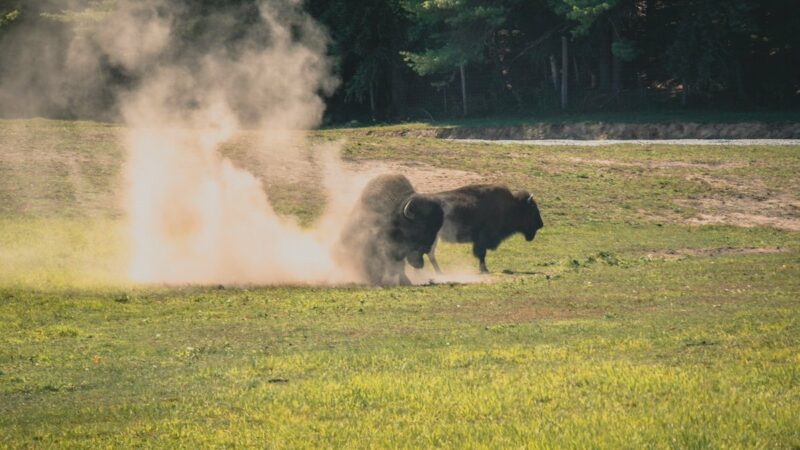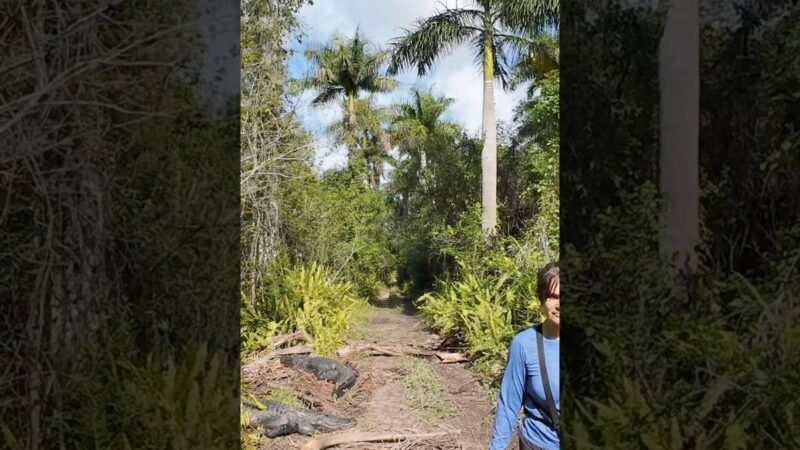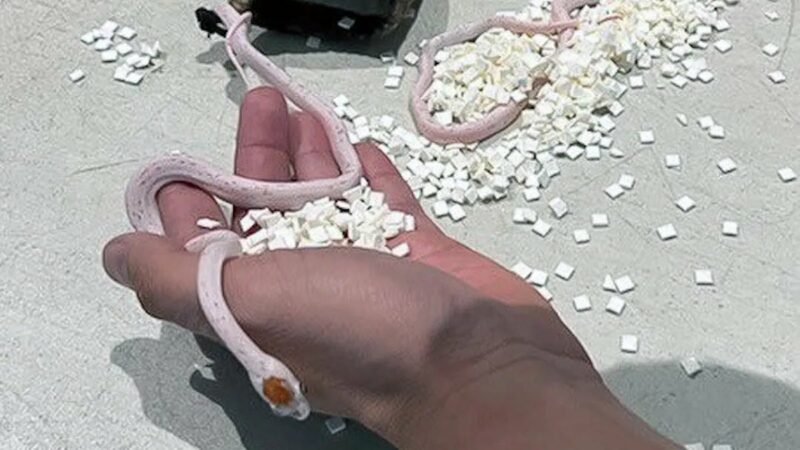Ask Outdoors: How Can I Keep Camera Gear Dry While Adventuring?
Imagine you’re heading out into the forest for a long day of hiking, hoping to get that perfect shot at the peak, waterfall, or bottom of the canyon. Now imagine you’ve made it to the place and you pull out your camera and it starts to pour. If you’re prepared, this could add an even more exciting element to your photographs, but if you aren’t, your gear is now at risk of water damage.
Sure, we’re being a bit dramatic, but you get the idea; your camera will need protection when you’re out camping or hiking. There are a variety of ways you can protect and waterproof your camera and equipment when you’re outdoors.
What Kind of Camera Are You Bringing?
Chances are, a few raindrops are not going to kill your camera, but you might want to keep a towel with you in case of a random rainstorm. You’ll want to read through your camera’s instruction manual to find out how much water your camera can actually handle. If you can’t find anything in the instructions, remember, Google is always free.
Digital Cameras
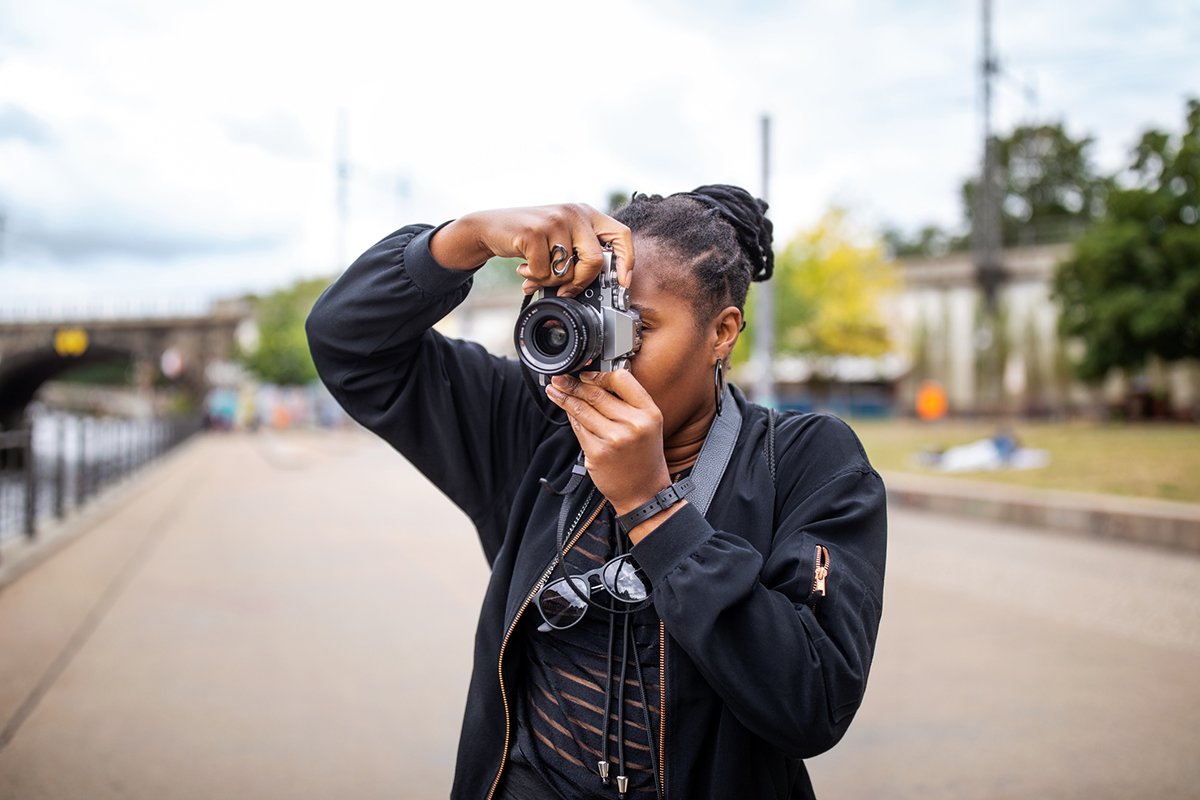
According to EOS Magazine, the general rule is that the more expensive the camera is, the more water-resistant it is. The most water-resistant camera models on the market right now are the EOS-1D AND 1Ds series cameras. That being said, no one has done any significant scientific research on the topic.
Nikon does not currently have any cameras that are waterproof or water-resistant, but they do have a few models that are water-sealed, though that term is the most vague.
A general rule of thumb would be don’t fully submerge your camera underwater.
Analog Cameras
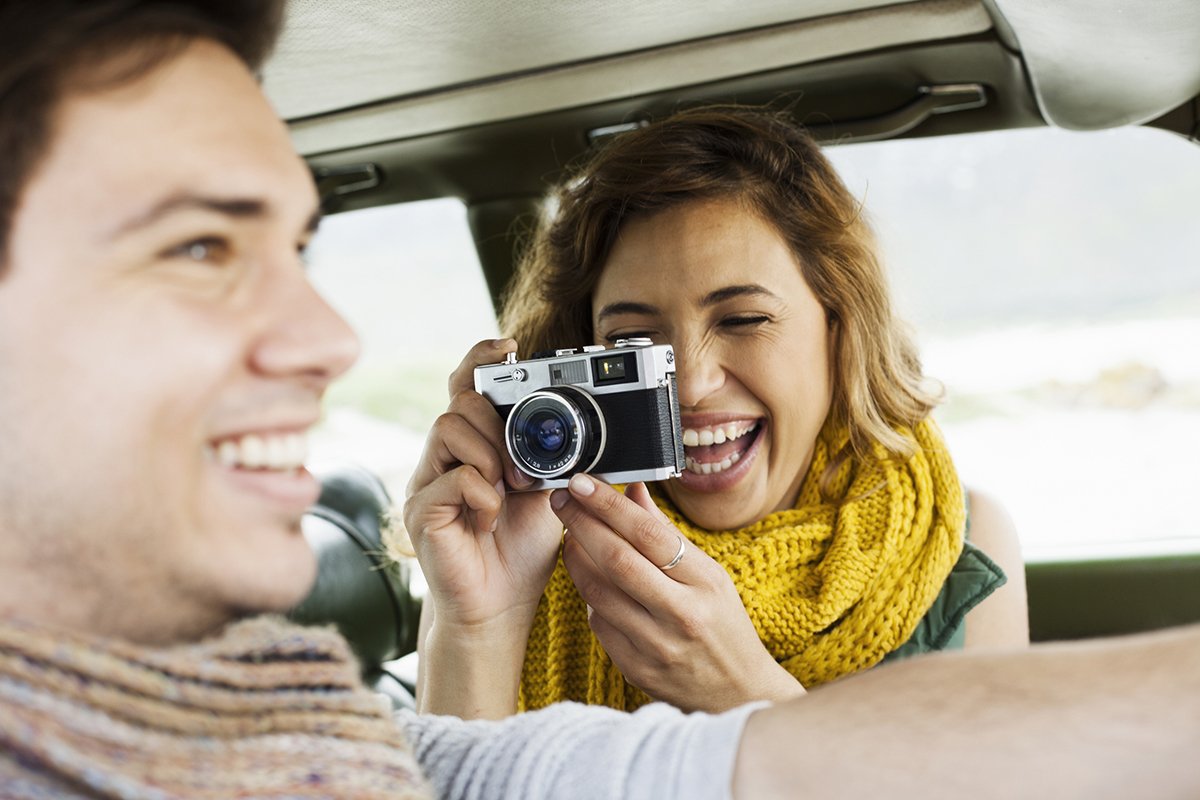
When it comes to shooting analog, you’ll want to avoid using it in areas where it has a high chance of getting wet. If your film becomes fully submerged in water, there is a chance that the part of the film with the image on it will come off of the plastic that gives the film its shape. So you’ll definitely want to avoid using film under a waterfall or in the ocean.
Easy Waterproofing
There are a variety of waterproof cameras on the market right now, but sometimes an additional camera is not within budget. When that is the case, you must resort to waterproofing methods and materials that are within budget.
If you’re carrying a lot of photography equipment with you, it’s important to keep it protected at all times, especially when you’re not using it. Make sure that when you’re traveling with camera gear, you have a solid, protective case to keep it in when it’s not in use.
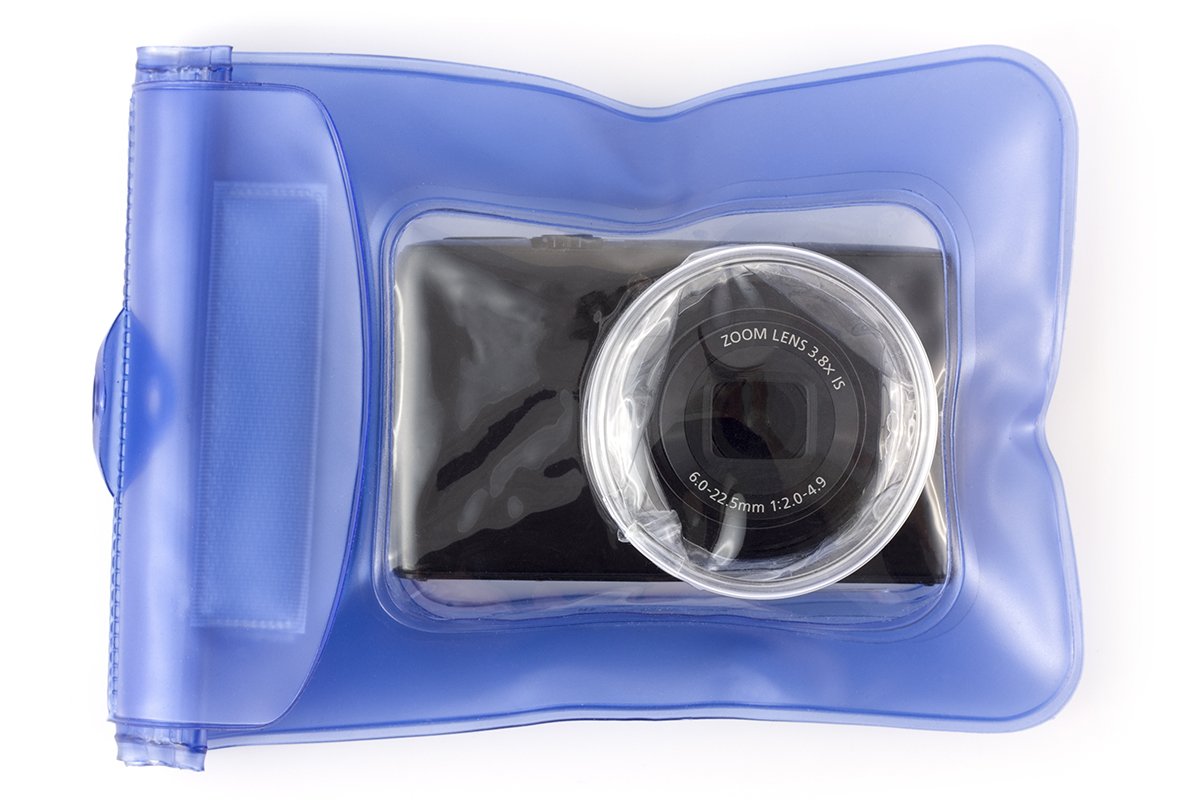
When you’re actively shooting photographs in water, you’ll want to invest in a waterproof housing case. This will allow you to take photographs without worrying about the amount of water that might be splashing you and your equipment. There are a variety of cases that you can choose from. Some are clear and look sort of like plastic bags, and others look sort of like winter coats for your camera.
If you’re looking to keep it light and you’re just traveling with a camera sleeve, some easy ways to protect your camera when not in use are a plastic bag or a dry bag. However, when it comes to using the camera in thee water, we highly recommend spending the money on a protective case. At the end of the day, it’ll be less expensive than a brand-new camera.
Source: https://outdoors.com/keeping-camera-dry-while-adventuring/


